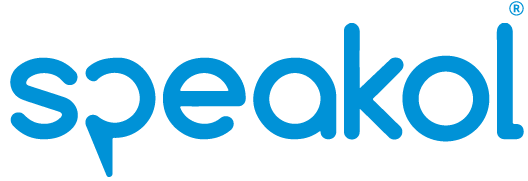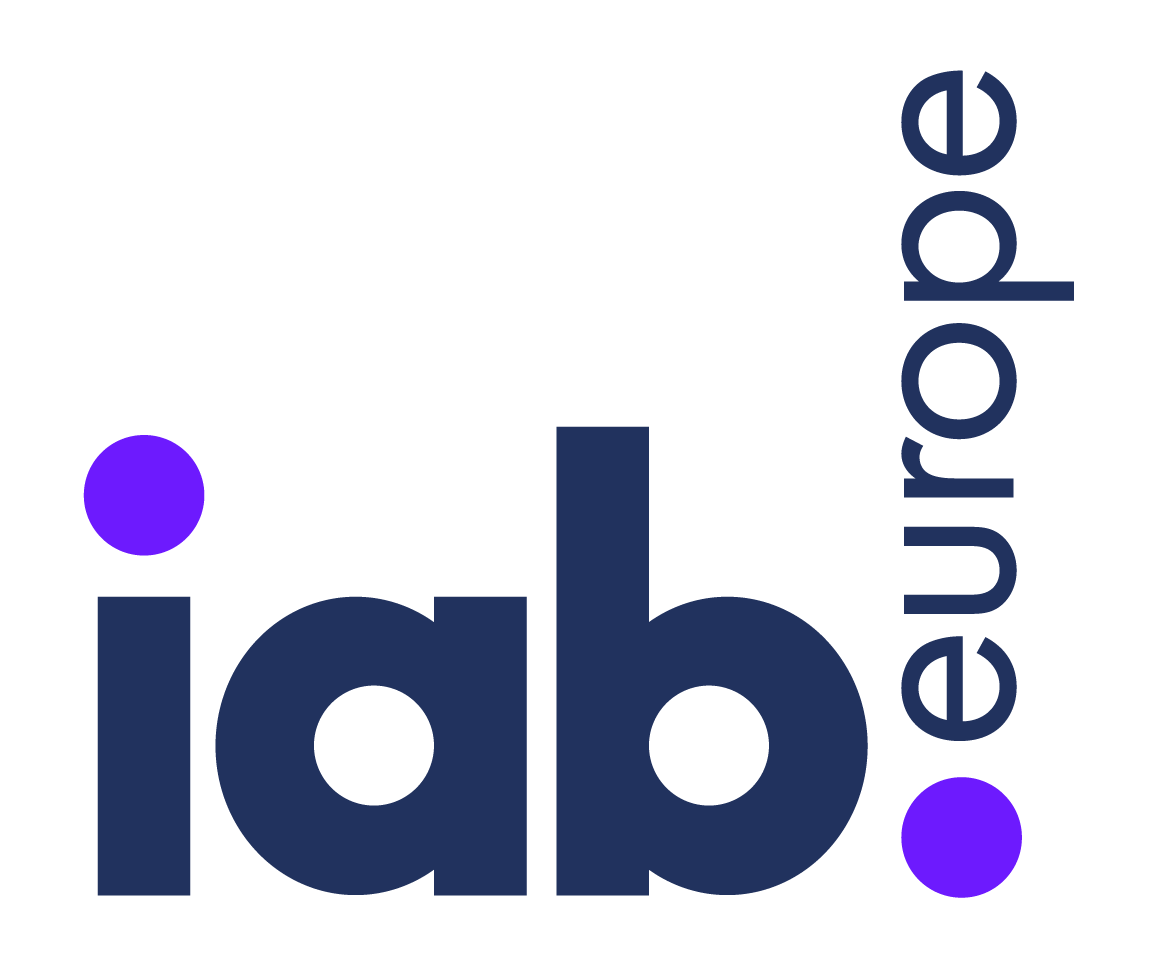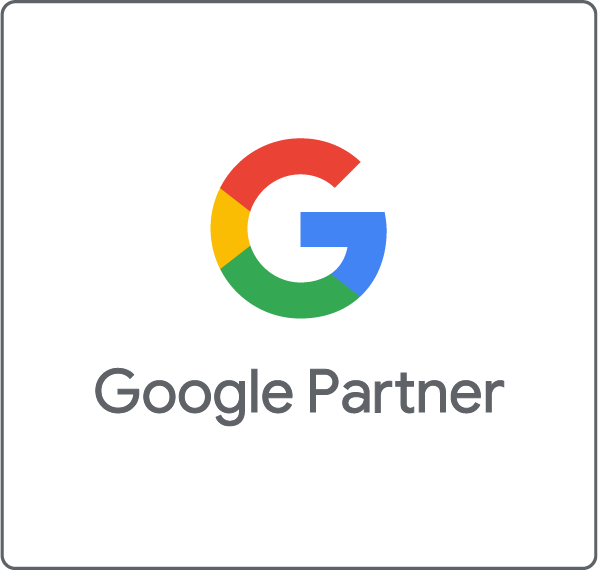
1. A/B Testing
A/B Testing is a process of comparing two versions of one different element while maintaining all other variables. This variable can include a title, thumbnail, or landing page. A/B testing aims to increase user engagement, leading to the ad campaign’s success.
2. Actions
These are activities that take place on the advertisers’ website; they may vary but are not limited to pageviews, sign-ups, or purchases. These Speakol Pixel tracks these actions and records them on the advertisers’ tracking page.
3. Account ID
This is the Speakol account unique identifier.
4. Account
Advertisers have particular accounts associated with their unique email addresses, passwords, and billing details. An advertiser’s account can consist of one or more campaigns.
5. Automatic Billing
It is a form of scheduled billing. Advertisers are charged an amount that has been previously settled on with Speakol. This amount is the budget that the ad campaign can spend before advertisers have to pay again. Typically, the billing fee is around $100.
6. Average CPC
The Average Cost Per Click represents the average amount of money advertisers are charged every time one of their campaign ads is clicked. You can calculate the average by dividing the total cost of clicks by the total number of clicks the campaign ads receive.
7. Brand Name
The text appears under the advertisers’ campaign ad titles or thumbnails within the Speakol Widget. The branding text informs users of the brand behind the article, which gives the product or website a sense of credibility.
8. Campaign
It is the advertisers’ ad campaigns. It is where advertisers can set their branding text, budget, and CPC, specify their target audience, and add campaign ads. The advertiser can have more than one running campaign at a time.
9. Campaign Ads
Campaign Ads are displayed within the Speakol Widget to be viewed by users.
10. Clicks
They are the total number of user clicks that the advertiser’s campaign ads have received.
11. Contextual Targeting
This feature allows advertisers to target particular publishers or websites interested in specific fields that their ad campaigns aim to promote. If advertisers settle on a particular content-type to target, their campaign ads will only appear on websites that present the same content. So for instance, if the advertiser has a beauty product, the campaign ads for this campaign will only appear on beauty and skincare websites.
12. Conversion
Conversion takes place once a user takes action on your landing page. This conversion can be a pageview, an email sign-up, or a product purchase, among other measures that may be relevant to you and your line of business.
13. CVR
Conversion Rate indicates the percentage of users who have clicked on your Speakol campaign ads and successfully completed a conversion. This conversion may include but is not limited to purchasing of a product, a pageview, or email sign-up. You can calculate the Conversion Rate by dividing the number of users, who completed a an action, by the number of users who clicked on your campaign ads.
14. Conversion Tracking
By installing the Speakol Pixel, advertisers can track conversions that take place on landing pages after users click on their Speakol campaign ads.
15. Conversion Tracking Code
Advertisers need to place a code on their website to track the conversions that occur after users click on their Speakol campaign ads.
16. CPA
Cost Per Action indicates the amount of money advertisers pay when users become new customers. By completing an action on the advertiser’s website such as filling in a form, signing up, or adding a product to cart, the reader becomes a lead. You can calculate a campaign’s average CPA by dividing the total amount of money spent by the number of actions.
17. CPC
Cost Per Click indicates the amount of money the advertiser pays for each click one of his campaign ads receives.
18. CPV
Cost per Video Click indicates the amount of money the advertiser pays every time a user clicks or views his videos to completion.
19. CPM
Cost per One Thousand Impressions is the amount of money the advertiser pays per one thousand impressions of the campaign ads.
20. CTR
Clickthrough Rate is a metric that determines the percentage of user clicks that your campaign ads receive. You can calculate your CTR by dividing the number of user clicks obtained by the number of impressions of your campaign ads.
21. Destination URL
Advertisers add URLs to directly lead readers, who click on their campaign ads, to their landing pages. The landing page can be a web page, a gallery, a blog, an article, or a video.
22. Impressions
It is the total number of times users have seen the advertiser’s campaign ads. Every time the advertiser’s campaign ads are displayed, Speakol counts it as one impression.
23. Landing Pages
When readers click on advertisers’ campaign ads, they are directly led to other pages, known as landing pages. There is no doubt that the more engaging the landing page is, the easier it will be for users to navigate it. Readers, who like advertisers’ landing pages, are more likely to turn into potential leads.
24. Pageviews
This metric, known as Pages Per Vist, indicates the number of pages a reader surfaces after they click on advertisers’ campaign ads.
25. Prepayment Billing
This type of billing necessitates that advertisers pay a certain amount before Speakol can run their ad campaigns. For instance, if an advertiser pays $100, he will be able to run his campaigns with $100 worth of services before making another payment to keep his campaigns operating.
36. ROI
Return on Investment is a performance measure used to evaluate the efficiency of an investment. You can calculate the ROI by dividing the net profit with the total investment multiplied by 100.
31. Spending Limit
It indicates the budget advertisers set for their campaigns. It is the maximum amount advertisers are willing to spend over a selected period of time monthly or otherwise for their campaigns.
32. Spent
It is the total budget spent on advertisers’ ad campaigns over a selected period of time.
33. Thumbnail
It is the image that appears above a title within the Speakol widget.
34. Title
It is the text that appears under a thumbnail within the Speakol widget.
35. URL Parameters
Speakol Pixel offers an advanced tracking tool that helps monitor users’ activity after they have clicked on advertisers’ campaign ads. These URL parameters demonstrate valuable information that reflects users’ behavior once they have clicked on Speakol campaign ads.
36. Video Views
This indicates the number of videos a user watches after he/she clicks on your campaign ad.
37. Viewable Impressions
This indicates the total number of times the users view the advertisers’ campaign ads. Each time a campaign ad is on the screen for 1 sec (per MRC standards), it is calculated as one impression.
38. vCPM
Viewable Cost per Thousand Impressions indicates the amount of money advertisers pay per one thousand viewable impressions of their campaign ads. For instance, if your vCPM is $0.25, you have paid $0.25 for every 1,000 viewable impressions of your campaign ads.
39. vCTR
Viewable Click-through Rate indicates the percentage of users who actively clicked on the advertisers’ campaign ads that were displayed. You can calculate the Viewable CTR by dividing the number of clicks of your campaign ads by the number of viewable impressions of your campaign ads.





